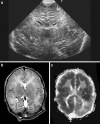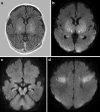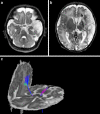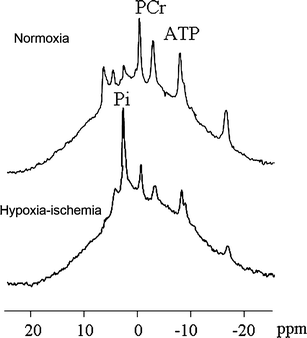Patterns of neonatal hypoxic-ischaemic brain injury
- PMID: 20390260
- PMCID: PMC2872019
- DOI: 10.1007/s00234-010-0674-9
Patterns of neonatal hypoxic-ischaemic brain injury
Abstract
Enormous progress has been made in assessing the neonatal brain, using magnetic resonance imaging (MRI). In this review, we will describe the use of MRI and proton magnetic resonance spectroscopy in detecting different patterns of brain injury in (full-term) human neonates following hypoxic-ischaemic brain injury and indicate the relevance of these findings in predicting neurodevelopmental outcome.
Figures









References
-
- Myers RE. Two patterns of perinatal brain damage and their conditions of occurrence. Am J Obstet Gynecol. 1997;112:246–276. - PubMed
Publication types
MeSH terms
LinkOut - more resources
Full Text Sources
Medical

